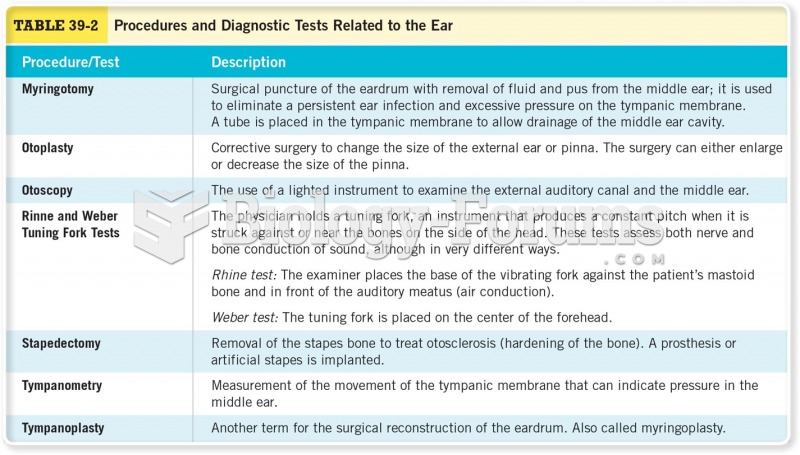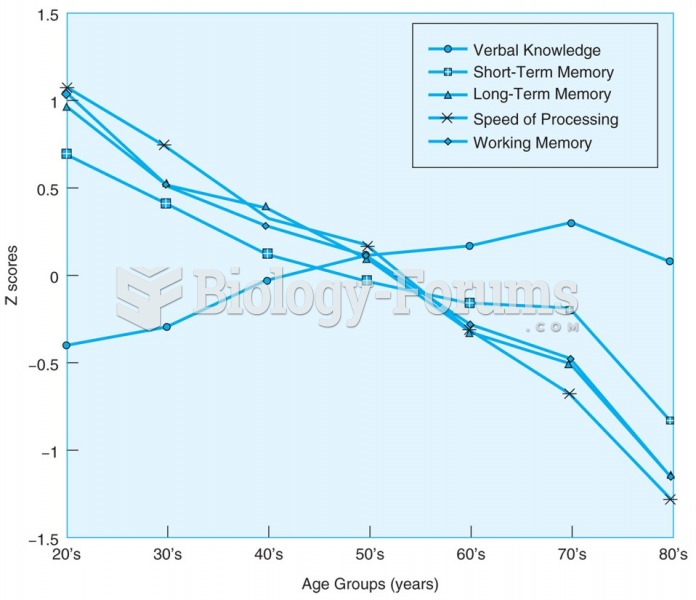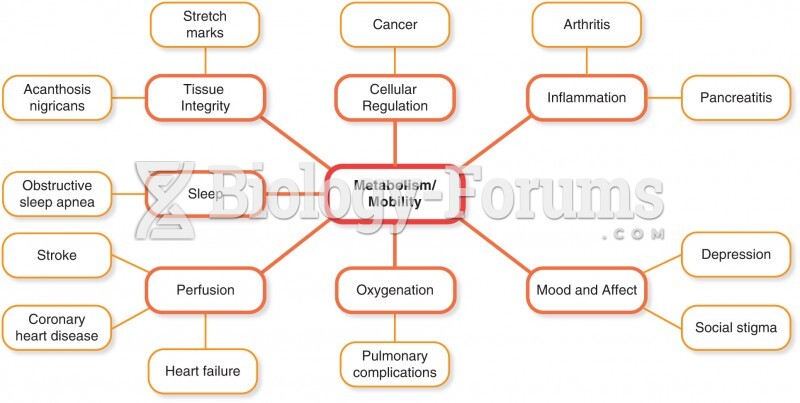This topic contains a solution. Click here to go to the answer
|
|
|
Did you know?
Many of the drugs used by neuroscientists are derived from toxic plants and venomous animals (such as snakes, spiders, snails, and puffer fish).
Did you know?
Pope Sylvester II tried to introduce Arabic numbers into Europe between the years 999 and 1003, but their use did not catch on for a few more centuries, and Roman numerals continued to be the primary number system.
Did you know?
Excessive alcohol use costs the country approximately $235 billion every year.
Did you know?
Medication errors are three times higher among children and infants than with adults.
Did you know?
The familiar sounds of your heart are made by the heart's valves as they open and close.







